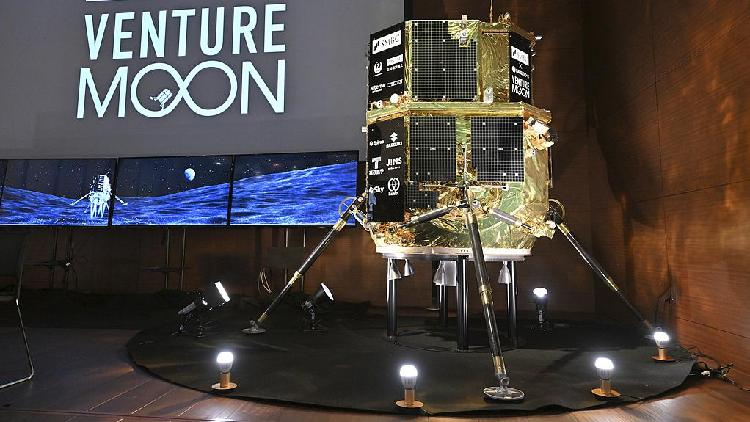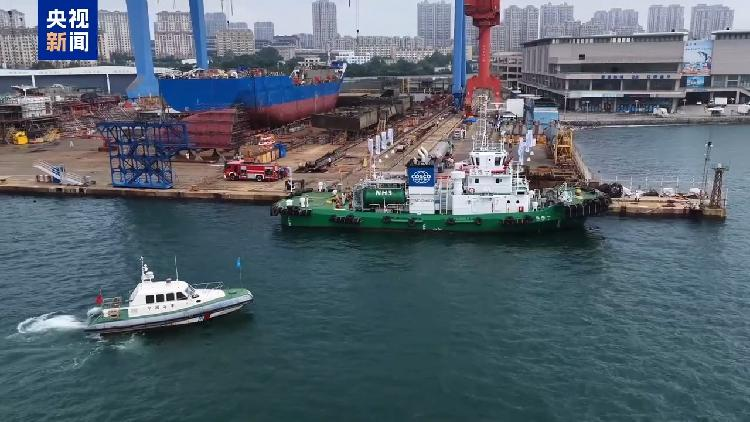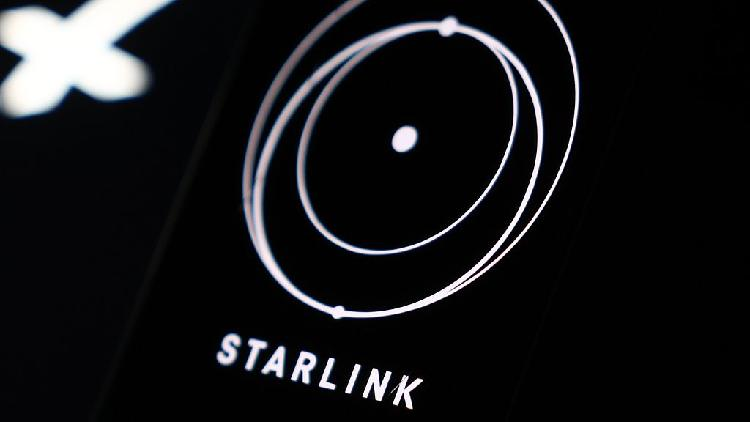Laser Glitch Causes Japanese Moon Lander to Crash—Here’s What Happened 🚀🌕
Hey space fans! Have you heard about the recent moon mission by a Japanese company called ispace? They tried to land their spacecraft on the moon, but things didn’t go as planned. Let’s find out what happened!
What was the mission?
ispace is a company from Japan that wanted to land a spacecraft named Resilience on the moon. This was their second try in two years! This time, they aimed to land on a part of the moon called Mare Frigoris, which means the Sea of Cold.
So, what went wrong?
As Resilience was getting closer to the moon, it was supposed to use a special laser tool called a laser range finder. This tool helps the spacecraft know exactly how far it is from the moon’s surface, so it can land safely.
But there was a problem! The laser range finder didn’t start working in time. Because of that, Resilience didn’t know how close it was to the moon, and it was going too fast. It was falling at a speed of 42 meters per second (that’s really fast!) when it lost contact. Just five seconds later, it crashed into the moon. 😮
Has this happened before?
Yes, unfortunately. Last year in 2023, ispace’s first lunar lander also crashed into the moon because of a software problem during the landing. That means both of their moon landing attempts have ended in crashes.
Are other companies landing on the moon?
Yes! Out of seven recent attempts by private companies to land on the moon, only one has been totally successful. That was Firefly Aerospace with their spacecraft called Blue Ghost, which landed in March. What’s interesting is that Blue Ghost launched on the same rocket as Resilience back in January!
What’s next for ispace?
Even though they’ve had two crashes, ispace isn’t giving up. They plan to try again with a third moon landing attempt in 2027. This time, they’ll be working together with NASA, which is really exciting! They’re also planning a fourth mission. They’re going to do extra tests and make improvements to make sure the next missions are successful.
Learning from Mistakes
ispace’s CEO and founder, Takeshi Hakamada, says that the company hasn’t given up and wants to regain people’s trust. They’re going to have outside experts help them figure out what went wrong, and they’ll work closely with the Japanese Space Agency to fix any technical issues.
“We’re firmly taking the next step toward our future missions,” he said.
Why is this important?
Space exploration is all about trying new things and learning from mistakes. Even when missions don’t go as planned, scientists and engineers learn valuable lessons that help them succeed in the future. Who knows? Maybe one day you’ll be part of a team sending spacecraft to the moon or even farther! 🌟
Reference(s):
Japanese company blames laser tool for 2nd crash landing on the moon
cgtn.com




